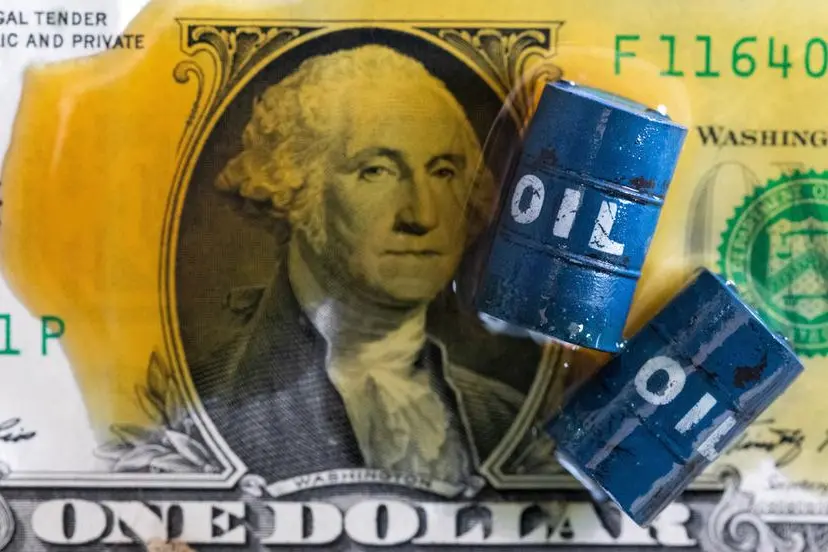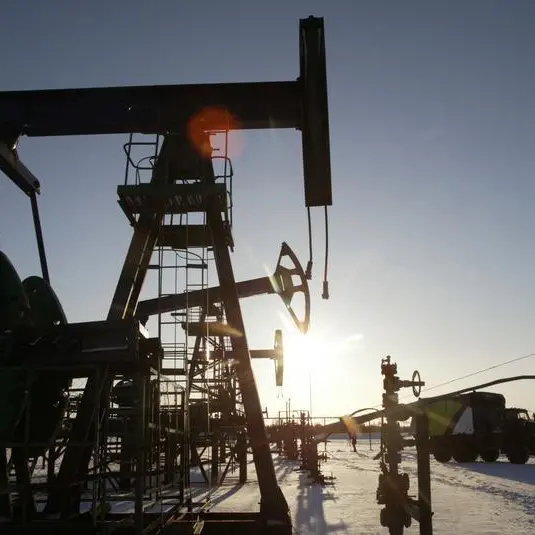PHOTO
Top crude exporter Saudi Arabia's pledge to deepen output cuts is unlikely to underpin a sustainable price increase into the high $80s-low $90s, Citi said in a note on Tuesday, even as other brokerages signalled a bigger deficit in the second half.
Weaker demand, stronger non-OPEC supply by year-end, potential recessions in the U.S. and Europe, and lower growth in China could push prices lower this year and in 2024, Citi analysts said.
"The likelihood that Saudi Arabia would tackle this on its own on a sustained basis is quite low," Citi said.
Citi forecast Brent to be range-bound, averaging $81 a barrel this year.
Oil prices retreated, with Brent crude trading around $75 a barrel, as worries over global growth doused a rally following Saudi Arabia's announcement.
"A back-of-envelope calculation shows the need from a Saudi perspective for a ten-dollar rally in crude oil for the one million barrels cut to be revenue neutral," said Saxo Bank strategist Ole Hansen.
For now, the main oil price driver continues to be concerns about global growth and demand, not only in China, but also the U.S. and other key consumers, Hansen added.
HSBC also maintained its Brent forecast of $93.5 a barrel for the second half of 2023, predicting negative macroeconomic factors would offset some support from the cuts.
However, UBS and Barclays were slightly more upbeat.
UBS analysts forecast Brent at $95 a barrel by end-2023 with a supply deficit seen rising above 2 million bpd, predicting the market would remain in a "meaningful deficit" following the broader OPEC+ agreement to extend voluntary cuts to end-2024.
Barclays expected Riyadh's voluntary reduction to slightly boost deficits in the second half of 2023.
Other analysts have also said a global supply shortfall could deepen in the third quarter following the cuts, pushing Brent towards $100 a barrel by year-end.
(Reporting by Kavya Guduru and Deep Vakil in Bengaluru; additional reportng by Arpan Varghese; editing by Jason Neely and Sriraj Kalluvila, and Louise Heavens)





















